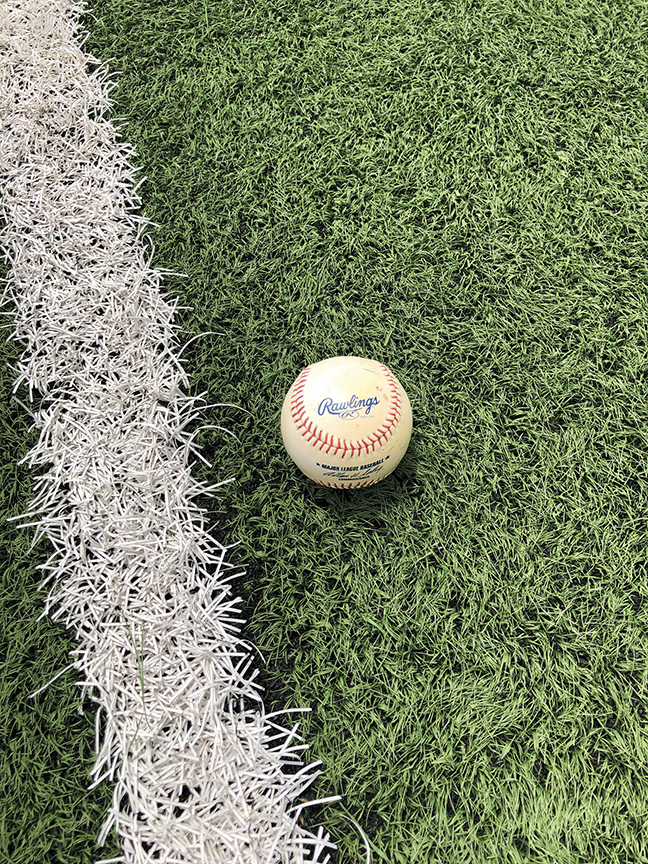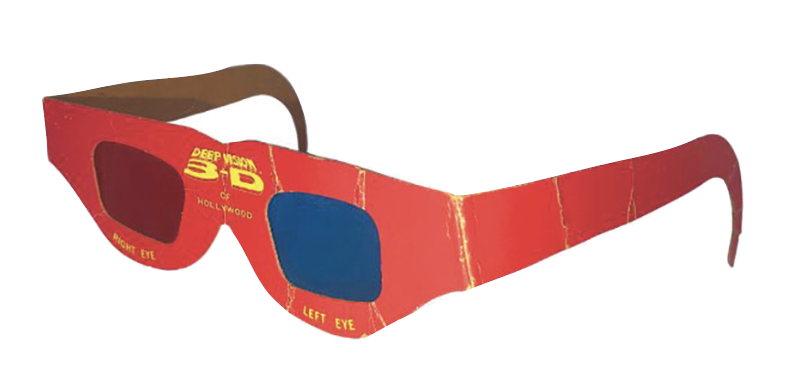
Dorri Partain
Contributor
Imagine a grass that never needs mowing or watering to stay green, but might need vacuuming.
The field at the Astrodome was originally natural turf when the Astros took the field for their first game in April 1965, but a few months later the grass began to turn a crunchy brown.
In trying to resolve issues with glare from the domed ceiling’s cream-colored semi-transparent lucite panels, which made it nearly impossible for players to see fly balls, 30 percent of the panels were darkened. That solved the glare problem but caused the grass to die from lack of sunlight.
To keep the field at least looking a lush green, the ground was painted green while a solution was sought.
Monsanto’s Creative Products Group had developed a product, ChemGrass, that was being tested for foot traction, cushioning, weather drainage, flammability, and wear resistance; the new product was developed using funding from the Ford Foundation to create a green surface for urban playgrounds.
Engineered by Monsanto employees James M. Faria, Robert T. Wright, and Donald L. Elbert, the synthetic grass surface was composed of short pile nylon attached to a backing that was glued to a hard surface like concrete or asphalt. A private school in Providence, Rhode Island received the first installation of ChemGrass in 1964.
For the Astros’ second season at the stadium, the infield received the first installation of ChemGrass for professional sports use; the outfield remained painted dirt while waiting for enough synthetic turf to be produced, with the remainder installed during the 1966 All-Star Game break.
In response to the installation of ChemGrass at the Astrodome, Monsanto renamed the product AstroTurf and patented the new name in 1967. As part of the Astros’ space age concept, the field crew would don spacesuits while vacuuming the field during game times.
While stadiums across America have switched from artificial to natural turf, a few teams find AstroTurf and its competitors a better fit for their climate, as the turf has become more grass-like and less like carpet.


















